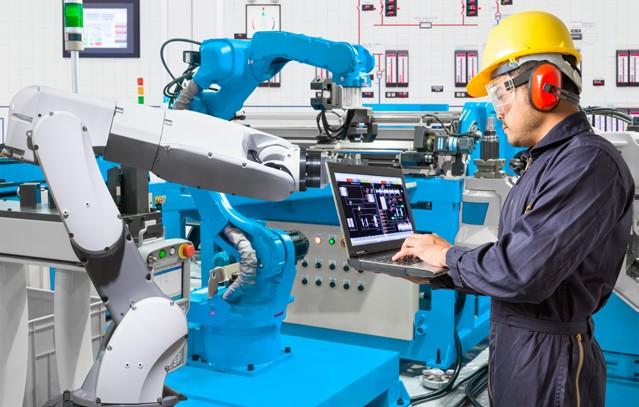WIRELESS TECHNOLOGY
IS 5G READY FOR DEPLOYMENT IN THE REAL WORLD? Brendan O’Dowd comments on the rise of 5G mobile technology, as the industry gets set to test its ‘six 9s’ capability.
U
ntil the launch of 5G, every previous generation of mobile phone technology was primarily intended to improve the operation of the handset. It was not until 4G technology was adopted in 2008 that real smartphone capability was enabled and 4G mobile broadband led to the development of smartphone apps, a proliferation of multimedia and streaming services, and high-speed internet access on-the-go. The installation today of 5G networks marks the first time that a new generation of mobile technology has been built around the needs of machines and systems rather than of handset users. The telecoms industry’s plan for 5G envisaged technical breakthroughs in three main parameters – latency, reliability and determinism; the density of connections; bandwidth, and speed of data transfer. The reason for enhancing performance in these parameters was to enable real-time monitoring and control of dense concentrations of devices communicating concurrently. The requirement for latency, density and bandwidth is met by three technology enhancements embodied in the 5G standard specifications. These are: • Ultra-Reliable Low Latency Communication (URLLC) for real time control systems. • Enhanced Mobile Broadband (eMBB) to support new bandwidthdependent use cases including augmented and virtual reality. • Enhanced/massive Machine Type Communications (eMTC) for low-power, wide-area wireless networking.
24
September 2020
These features make 5G technology capable of supporting the requirements of factory control systems for real-time determinism and ‘six 9s’ (99.9999%) availability. Yet the real-world experience of most mobile handset users accessing 2G, 3G or 4G networks is still, to this day, of black spots where coverage is weak or non-existent, and of occasional and unpredictable dropped connections. So, is there a realistic prospect that mobile phone technology will be used to connect mission-critical, time-sensitive industrial machines?
Longevity of 4-20mA For all the hype around state-of-the-art 5G technology, the reality is that most new process equipment installations today include provision for control via wired 4-20mA links – a proven,
www.controlengeurope.com
dependable technology. This speaks to industry’s need for certainty and the avoidance of risk when implementing mission- or safety-critical control systems. But the tides of change cannot be beaten back for ever, and innovations in the way factories operate give control system designers good reason to evaluate 4-20mA alternatives. As Industry 4.0 accelerates the pace at which factory operations evolve, two trends are driving the introduction of new networking technologies: the introduction of autonomous mobile machinery, and the development of more flexible manufacturing facilities to meet growing consumer demand for personalised or configured products. In factory and warehouse settings, the use of autonomous guided vehicles (AGVs), cobots and other autonomous Control Engineering Europe
> p26









